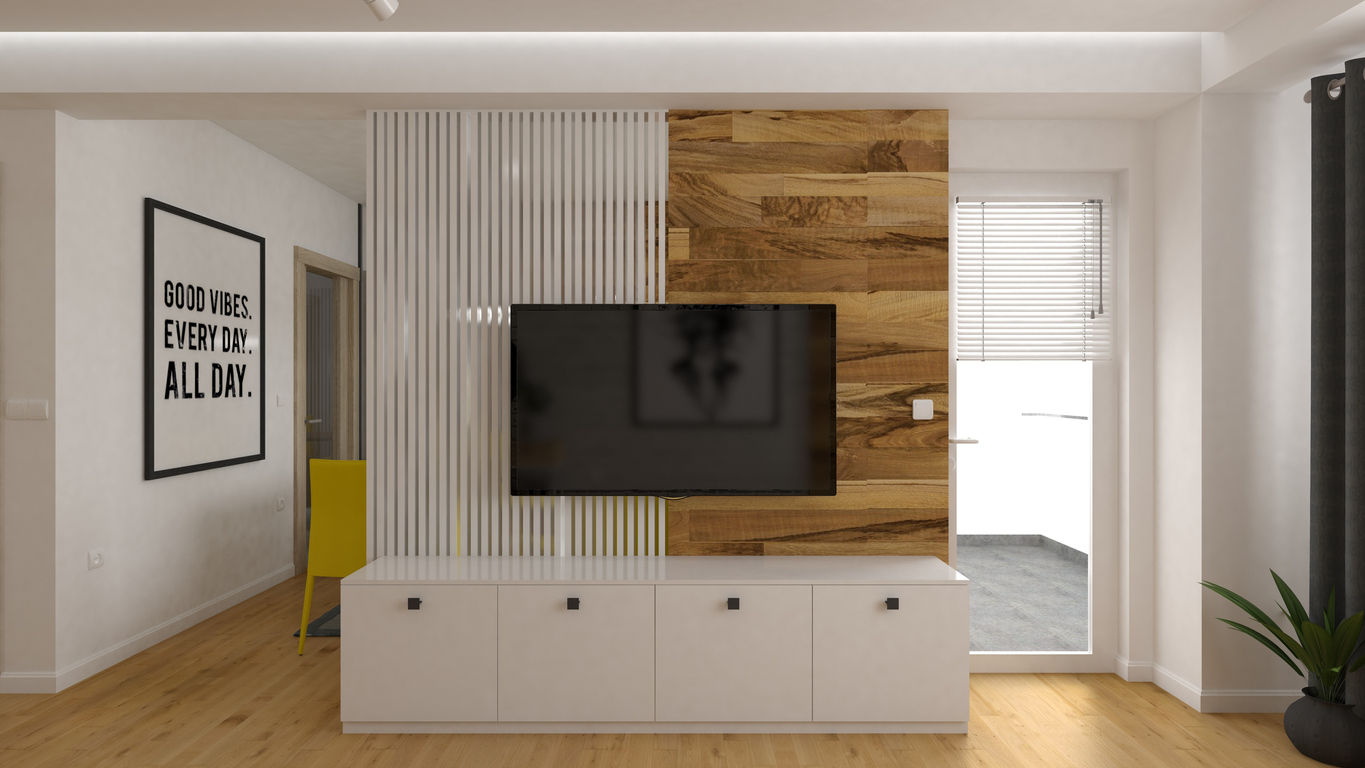A well-styled window can make or break your room’s aesthetic, but if you don’t know some of the interior design basics for windows, it can be a massive chore. If you are approaching the task, follow a few simple design rules that can turn a dull or annoying window into a stunning focal point or help it blend into the overall design of your room.
Do Layer Your Window Treatments, but Don’t Go Overboard:
A well-designed window often sports more than one window treatment. You might see wood blinds paired with a lovely Roman shade, a roller shade topped by a bamboo shade, or a plantation shutter topped by a simple valance. Multiple window treatments provide numerous benefits. For instance, more window treatments mean more insulation, and each window treatment brings its own advantages (some bring complete light blocking features while others offer light filtering options, or privacy without light-blocking, etc.)
Multiple window treatments also allow you to turn your window into a focal point. Too much of anything is a bad idea, and this is definitely true of layering window treatments. The more window treatments you add to a window, the less natural light will make it into your space, and the smaller your room will look. In smaller spaces, it may be best to avoid multiple window treatments altogether, and in larger, spacious areas, you still don’t want to go overboard.
Do Hang Curtains High and Wide, and Don’t Hang Curtains Right Above the Window:
If you are hanging curtains, hang them at least 12 inches above your window frame (or to the ceiling), and extend the curtain rod out 3-6″ on both sides of the window frame. Hanging your curtains high and wide makes your space look bigger, which is always a good idea. If you hang your curtains right above your window frame, you give the window a diminished look, and it lets in less light when you want the curtains open. When your curtains are open, you don’t want them to fall more than two inches inside the window frame on the sides. Hanging your curtains too tight around the window frame creates a crowded look that will creep through your entire room design.
Do Go for Wide Slat Blinds and Shutters and Don’t Skimp on Quality with Blinds
Good window treatments add style to your space, but great window treatments become an integral part of your home’s design. When purchasing blinds or shutters, choose wood or faux wood blinds and shutters. They may cost more up front than cheaper blinds/shade options, but unlike many other design costs, a quality blind or shutter often adds value to the home in the long run. When you skip the higher quality options and go with plastic budget blinds, you get what you pay for – they break and discolor easily and detract from your space’s overall aesthetic.
Do Use Different Blinds/Shades in Each Room and Don’t Assume One Size Fits All
Different rooms will call for various window treatments. What works perfectly in the kitchen isn’t necessarily going to be a good option for the playroom and vice versa. Consider what your space is going to be used for and let that guide your choices. No rule says you have to use the same window treatments in every room. Don’t assume one size fits all. One of the reasons first time decorators find windows so tricky is because they think they can purchase blinds or shades ready-made, but in many cases, a one-size-fits-all option won’t suit your window or your space.
Keep these tips in mind when you’re assessing your windows and deciding how to feature them in your overall room design. But every rule has its exception, so follow your instincts. When you’re faced with a tricky window or door, and you aren’t sure where to start, remember that a window blind or shade is ultimately meant to manage light, noise, or temperature based on the room and what will be happening in the space. Finding the blind or shade the works in your specific area is usually the best place to start.
Styling your windows doesn’t have to be complicated. Check out all the options and get more design tips and window styling ideas at BlindsChalet.com.


